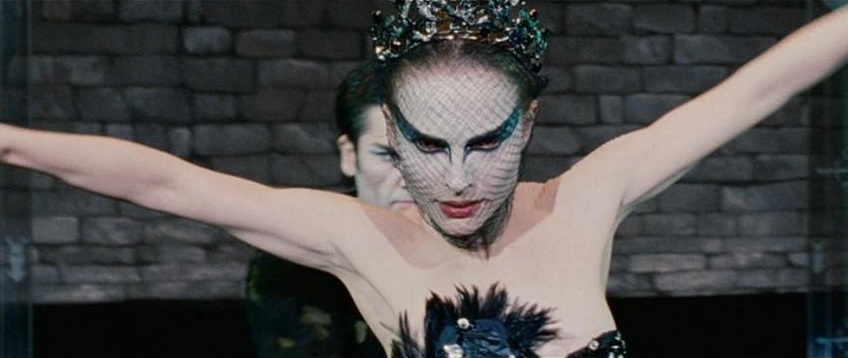| Academy Award Nominations and Winners: |
| Best Picture |
| Best Director: Darren Aronofsky |
| ★ | Best Actress: Natalie Portman |
| Best Cinematography: Matthew Libatique |
| Best Film Editing: Andrew Weisblum |
|
| Golden Globe Nominations and Winners: |
| Best Picture (Drama) |
| Best Director: Darren Aronofsky |
| ★ | Best Actress (Drama): Natalie Portman |
| Best Supporting Actress: Mila Kunis |
|
| Other Awards: |
| Venice Film Festival: Marcello Mastroianni Award (Kunis) |
| Screen Actors Guild Awards: Best Actress (Portman) |
| Independent Spirit Awards: Best Feature; Best Director; Best Female Lead (Portman); Best Cinematography |
| New York Film Critics Circle: Best Cinematography (Matthew Libatique) |
| Los Angeles Film Critics Association: Best Cinematography |
| Boston Society of Film Critics: Best Actress (Portman); Best Film Editing (Andrew Weisblum) |
| Chicago Film Critics Association: Best Actress (Portman); Best Original Score (Clint Mansell) |
| British Academy Awards (BAFTAs): Best Actress (Portman) |





